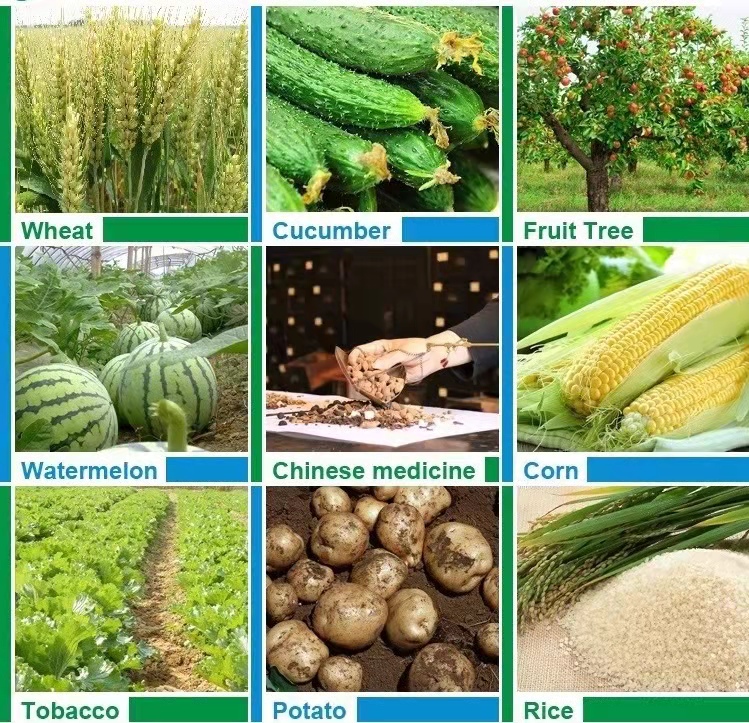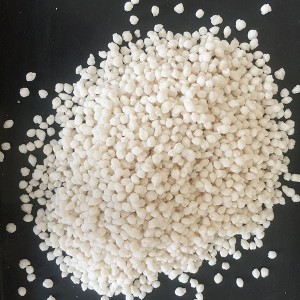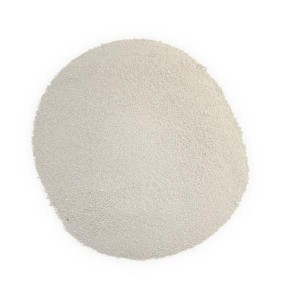Unleashing the Advantages of Mono Ammonium Phosphate With Good Price
Monoammonium Phosphate is a water-soluble fertilizer that provides high levels of phosphorus and nitrogen, two nutrients necessary for plant development. Its balanced composition makes it suitable for a variety of crops, including fruits, vegetables and grains. By providing plants with readily available nutrients, MAP promotes root development, flowering and fruiting, ultimately increasing yields.
One of the main advantages of MAP is its cost-effectiveness. It has a good price point compared to other fertilizers and provides an economical solution for increasing crop productivity. Farmers can achieve optimal results without compromising on quality, making it a sustainable choice for agricultural practices.
In addition to being affordable, MAP is known for its versatility and ease of application. Whether used in traditional farming methods or modern irrigation systems, it dissolves quickly and efficiently, ensuring nutrients are evenly distributed in the soil. This convenience saves time and labor, making it a practical option for large-scale agricultural operations and small-scale gardening.
Additionally, MAP is an important tool in addressing soil nutrient deficiencies. Its high phosphorus content is particularly beneficial in promoting strong root systems and overall plant vitality. By replenishing the soil with this essential nutrient, farmers can correct imbalances and improve the fertility of the land, resulting in healthier crops and increased resistance to environmental stresses.
When considering purchasing MAP, it is important to purchase from reputable suppliers who can offer great prices without compromising on quality. By investing in reliable products, farmers can ensure consistent results and long-term benefits for their crops.
In summary, monoammonium phosphate at a favorable price is a valuable asset for agricultural productivity. Its nutrient rich content, cost-effectiveness and ease of use make it a practical choice for farmers and gardeners looking to optimize crop yields. By harnessing the benefits of MAP, individuals can grow healthy plants, improve soil fertility, and ultimately contribute to a sustainable and prosperous agricultural ecosystem.
MAP 12-61-0 (Technical Grade)
MONOAMMONIUM PHOSPHATE (MAP) 12-61-0
Appearance: White Crystal
CAS No.: 7722-76-1
EC Number: 231-764-5
Molecular Formula: H6NO4P
Release Type: Quick
Odor: None
HS Code: 31054000



MAP has been an important granular fertilizer for many years. It's water-soluble and dissolves rapidly in adequately moist soil. Upon dissolution, the two basic components of the fertilizer separate again to release ammonium (NH4+) and phosphate (H2PO4-), both of which plants rely on for healthy, sustained growth. The pH of the solution surrounding the granule is moderately acidic, making MAP an especially desirable fertilizer in neutral- and high-pH soils. Agronomic studies show that, under most conditions, no significant difference exists in P nutrition between various commercial P fertilizers under most conditions.

According to the production process, monoammonium phosphate can be divided into wet monoammonium phosphate and thermal monoammonium phosphate; It can be divided into monoammonium phosphate for compound fertilizer, monoammonium phosphate for fire extinguishing agent, monoammonium phosphate for fire prevention, monoammonium phosphate for medicinal use, etc; According to the component content (calculated by NH4H2PO4), it can be divided into 98% (Grade 98) monoammonium industrial phosphate and 99% (Grade 99) monoammonium industrial phosphate.
It is white powdery or granular (granular products have high particle compressive strength), easily soluble in water, slightly soluble in alcohol and insoluble in acetone, the aqueous solution is neutral, stable at room temperature, no redox, will not burn and explode in case of high temperature, acid-base and redox substances, has good solubility in water and acid, and the powdered products have certain moisture absorption, At the same time, it has good thermal stability, and will be dehydrated into viscous chain compounds such as ammonium pyrophosphate, ammonium polyphosphate and ammonium metaphosphate at high temperature.





